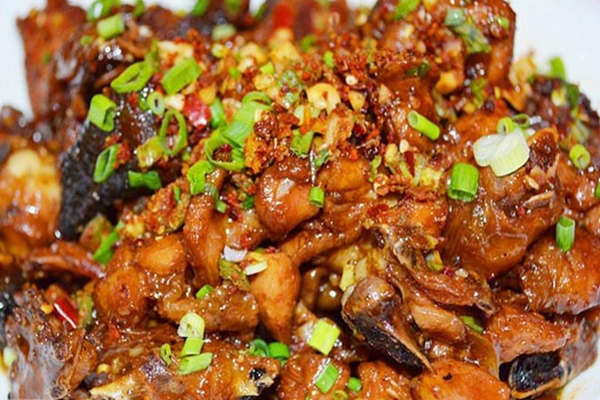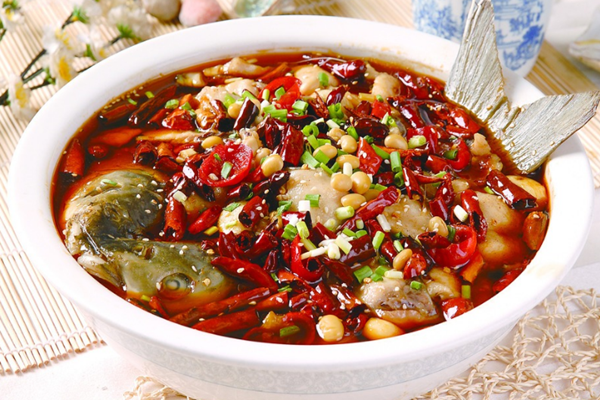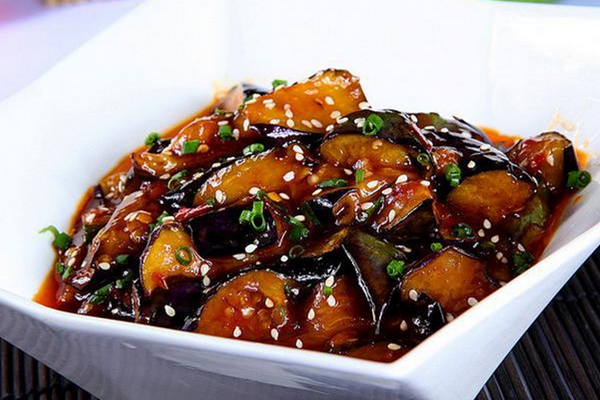Long considered to be simple and unsophisticated by many Chinese gourmands, Sichuan food has become hugely popular among regular diners and Westerners – partly because of its straightforward nature. But there is also great variety: ‘a hundred dishes; a hundred different flavours’, as the old local saying goes.
The biggest misconception is that it’s all about the spicy and numbing mala flavours. Not true. Sichuanese dishes done well are about the layering of flavours to add depth. Chillies were only introduced to this cuisine a few hundred years ago; Sichuan peppercorns and ginger are the original spicy condiments here.

The Sichuanese also lay claim to the chilli broad bean paste (doubanjiang, 豆瓣酱 ). No one does it better than they do. The paste is umami-rich and an important building block in the cuisine. Finally, Sichuan cuisine is not meant to be expensive. The ingredients are cheap and do not require elaborate skills. Chefs only need to understand how to balance and play with the flavours.
Must-try Sichuan dishes
Strange-flavoured chicken
guaiwei ji, 怪味鸡

This is chicken on the bone. The name comes from the sesame paste, which was once considered a ‘strange’ condiment introduced by Muslim traders. It is essentially tahini.
Fish-flavoured aubergine
yuxiang qiezi, 鱼香茄子
Aubergines are cut into strips or angled cubes and pan-fried to seal in the juices. A sauce using lots of garlic, scallion, ginger, chilli broad bean paste, vinegar, sugar and dark and light soy lends the dish its flavour layering. Despite the name, there’s no fish involved (it refers to the sauce).

Spiced fish stew
shuizuyu, 水煮鱼
Thin slices of fish are served in a large bowl full of oil, chillies and bean sprouts. Don’t let the oil intimidate you – pick up the slices of tender fish and the oil glides back into the bowl.
Source: timeoutbeijing.com



